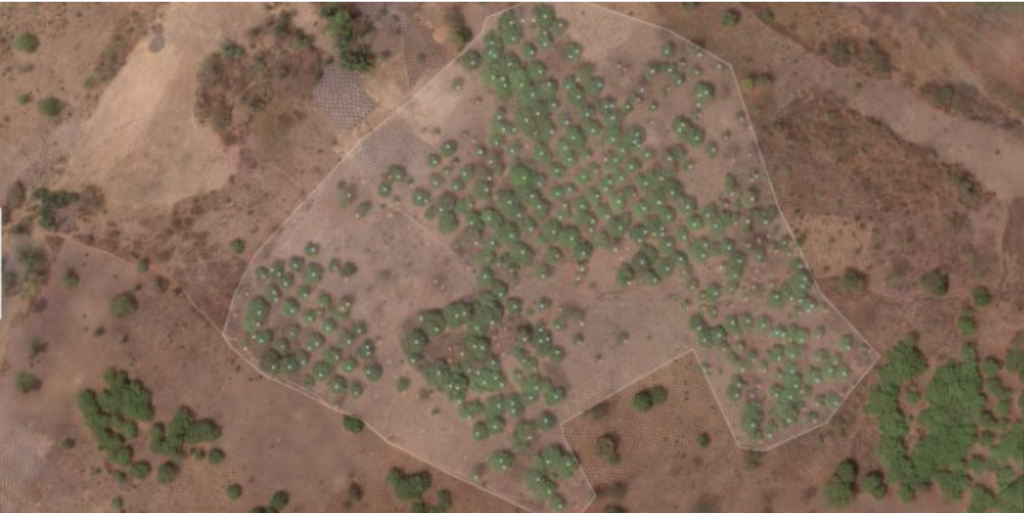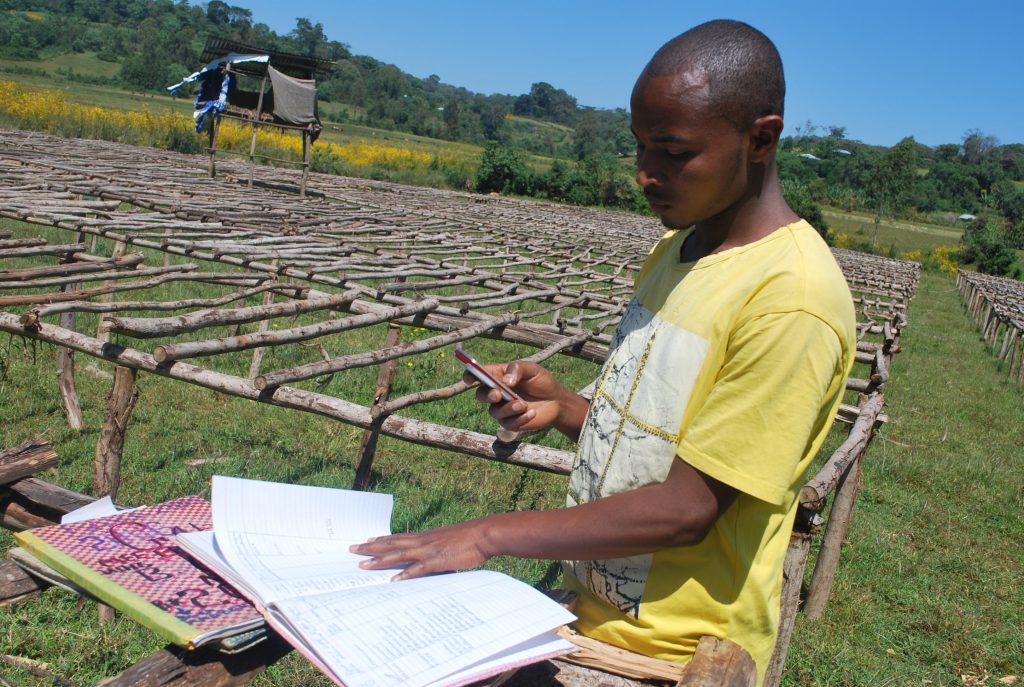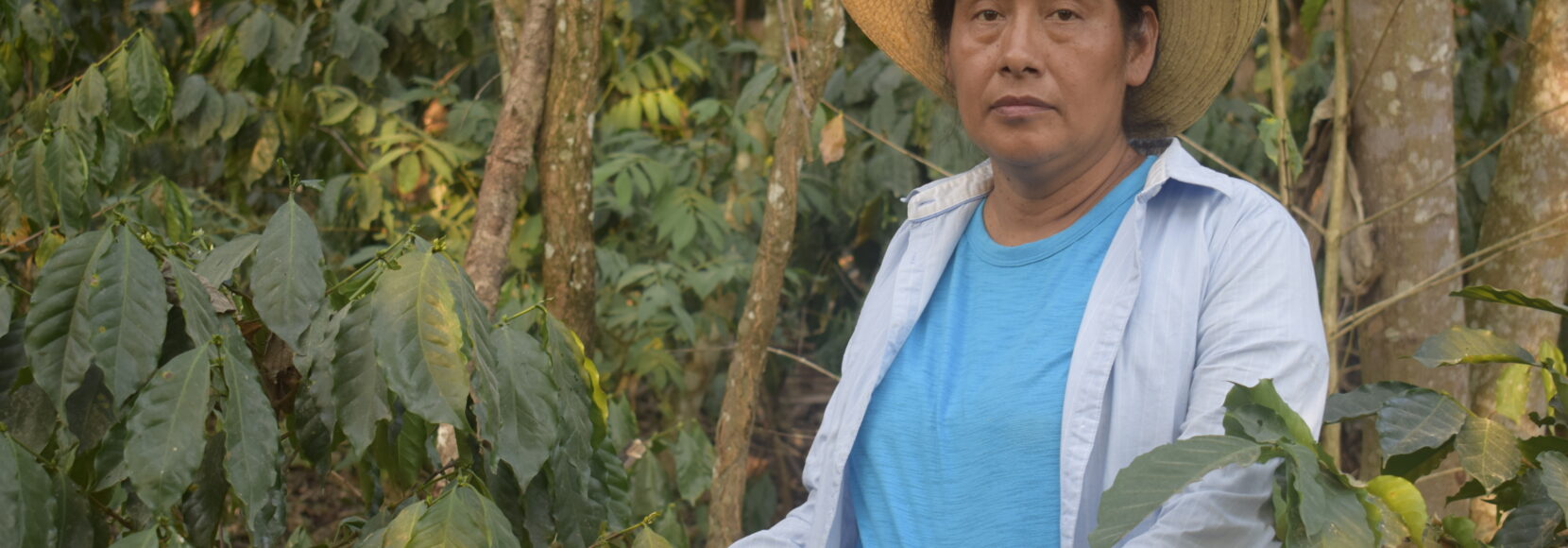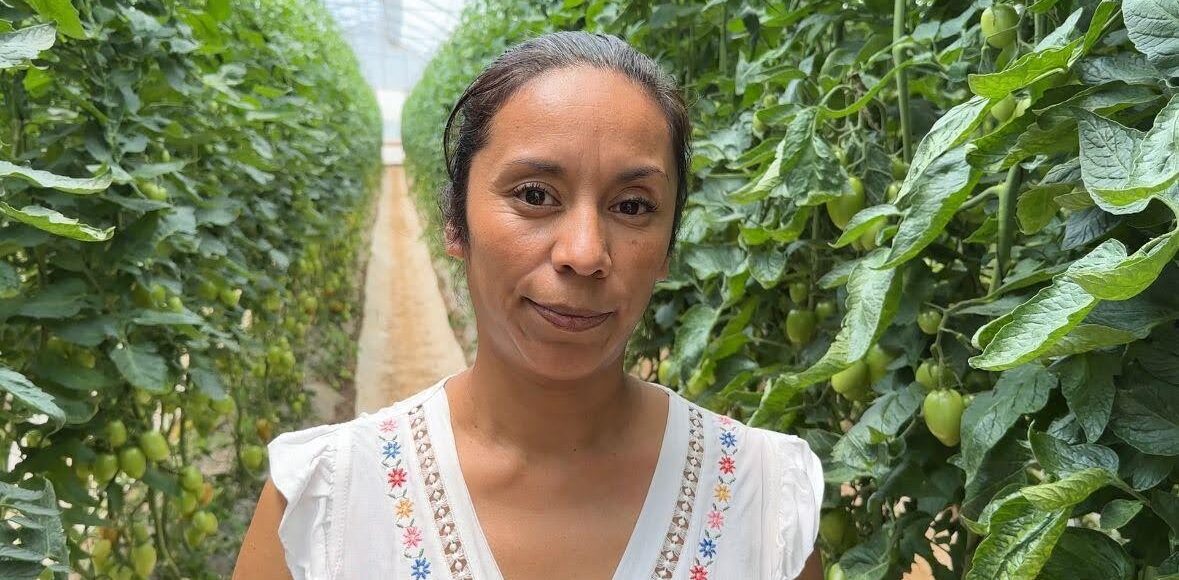
Top Technologies Fighting Poverty in 2022
Take a look back at some of the technological advances leading the fight to end world hunger and poverty in 2022.
Editor’s note: This blog post was originally published in January 2020 and was updated in August 2021 and December 2022.
Technology permeates nearly every aspect of daily life for millions of people around the world. Whether used for entertainment, to keep us connected to our friends and families, or to keep our workplaces up and running, even at a distance, technology is an essential part of our lives. Deployed correctly, technology also represents a powerful weapon in the fight against poverty.
Without a proper understanding of local markets and user needs, many technology projects in the developing world do not come to fruition—a focus on technology alone can lead projects to failure. However, with the right expertise, local knowledge, and in-depth understanding of the needs of people in developing countries, TechnoServe is able to make effective use of digital solutions across our programs. Technology allows us to reach more people with our proven approaches to fighting poverty.
Here, we’ll take a look back at some of the technological advances leading the fight to end world hunger and poverty in 2022.
Geospatial Technology Increases Efficiency and Reach

TechnoServe’s teams in the field around the world cover as much ground as they can, but they can’t be everywhere at once. Geospatial technology and machine learning can help them work more efficiently, expand their reach, and support more farmers.
In Benin, for example, we worked with the University of Minnesota to train a machine learning computer model to identify the locations of cashew trees in satellite images obtained by drones. The information collected in this process is vital to improving cashew harvests for farming families in Benin, where cashews make up nearly 10% of national export earnings. As the technology becomes more accurate, TechnoServe staff will be able to quickly determine which farms need additional training and support, and which areas might need more nurseries for replanting projects.
With time-saving, cost-effective technologies such as geospatial and machine learning, TechnoServe and other organizations will be better able to work with more farmers to help them improve their livelihoods and lift themselves out of poverty.
Digital Training Supports Farmer Training and Education

Technology interventions don’t need to be high-tech to be highly effective. And while technological advancements such as remote training have been widely adopted, due in large part to the challenges of the COVID-19 pandemic, not everyone has equal access to these digital tools. Many of the farmers we work with in Benin, Nigeria, and Central America, for example, may not have smartphones and lack access to the internet.
Still, we have found effective ways to support farmer training, even when the training cannot take place in person. While farmers themselves might not have smartphones or internet access, farmer trainers typically do. By building a digital training course for the farmer trainer themselves, we’ve been able to keep information flowing more consistently to farmers. When farmer trainers and field teams can access training online, rather than having to attend an in-person session, they are better able to provide farmers with the timely information and education they need.
Audio and Video Help Keep Farmers Connected
Audio and video resources present another effective way to support unconnected farmers. When possible, we find that providing farmer trainers with pre-recorded audio and video resources in the local language, as well as additional visual aids, goes a long way towards reinforcing the learnings demonstrated in the field.
Supplementing in-person field training with audio and video also increases farmer engagement, increases adoption of good agricultural practices, enhances program scalability, and helps standardize training across the program.
Radio Improves Program Reach Through The “Spillover Effect”
While not a new technology by any means, radio still ranks among the top technological advances leading the fight to end world hunger and poverty. Farmers who don’t have access to a smartphone may still have access to radio, or may have a phone that can receive SMS texts or interactive voice response (IVR). When these tools are used to follow up with farmers, farmers are more engaged and more likely to retain and implement what they’ve learned.
Radio specifically helps to increase program scalability and improve the reach of the program through a high ‘spillover effect’—radio listeners share what they’ve learned with non-listeners, helping spread important messages and best practices.
How Can We Use Technology to End Poverty?
By implementing the right technological advances in the right contexts and in conjunction with an in-depth understanding of local markets and user needs, we can make great strides in the fight to end poverty.
Technology has come a long way in recent years, and continues to advance and improve every day. Technologies such as geospatial, digital training, audio and video, and even radio all play a powerful, significant role in fighting poverty around the world. When our beneficiaries are better connected to training and education, they are better able to learn, implement best practices, and increase their incomes. Technological advances are helping our beneficiaries lift themselves out of poverty—your donation can, too.





